Watch: Are these the most influential cycling products of the last 10 years?
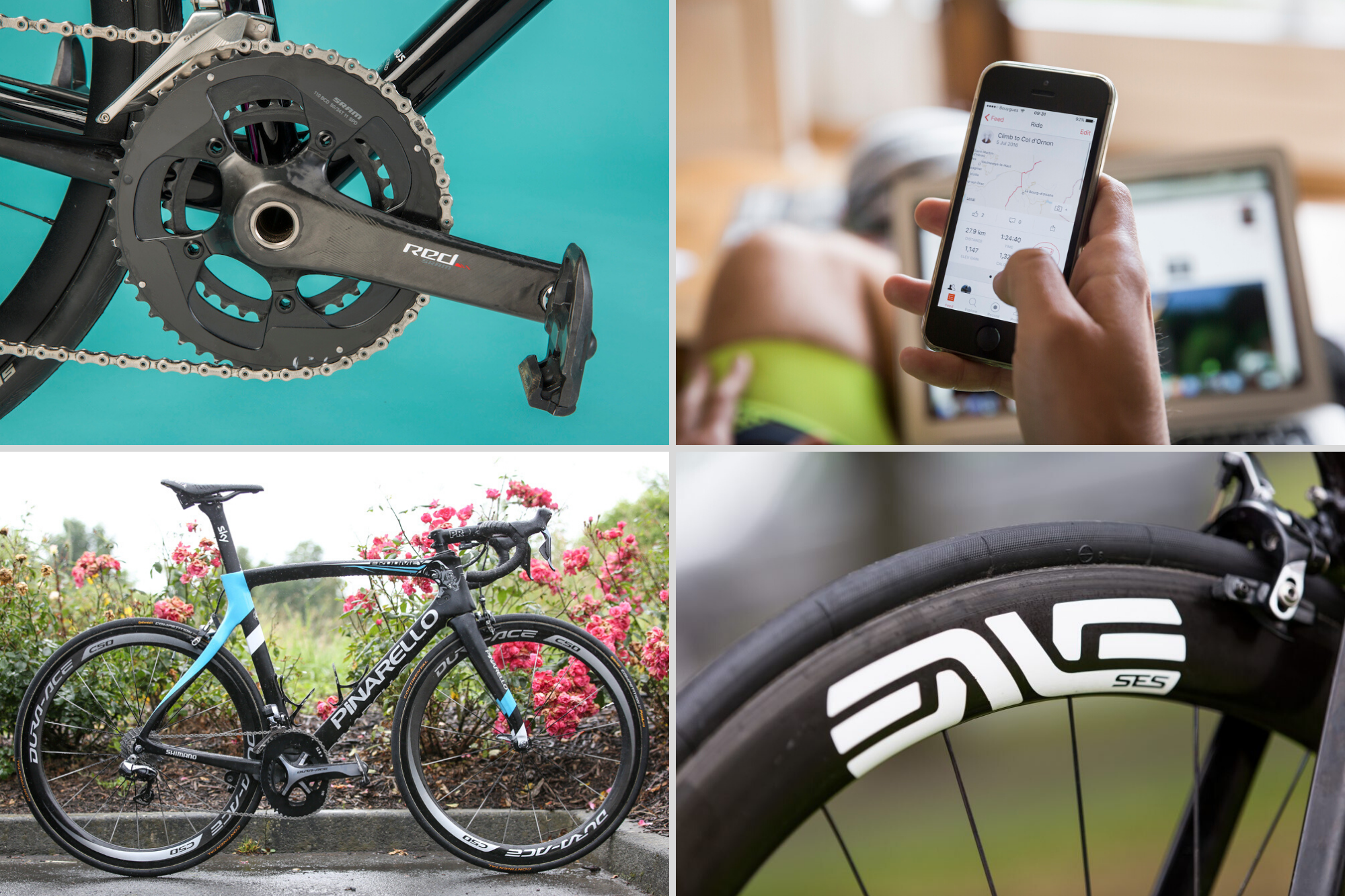
What would you include?
A decade is a long time in cycling, and the past 10 years have seen cycling technology advance faster than ever before. We seen sharper refinements in technology as well as an increase in science and, of course, marginal gains.
Here's our pick of the decade's top tech.
Pinarello Dogma F8
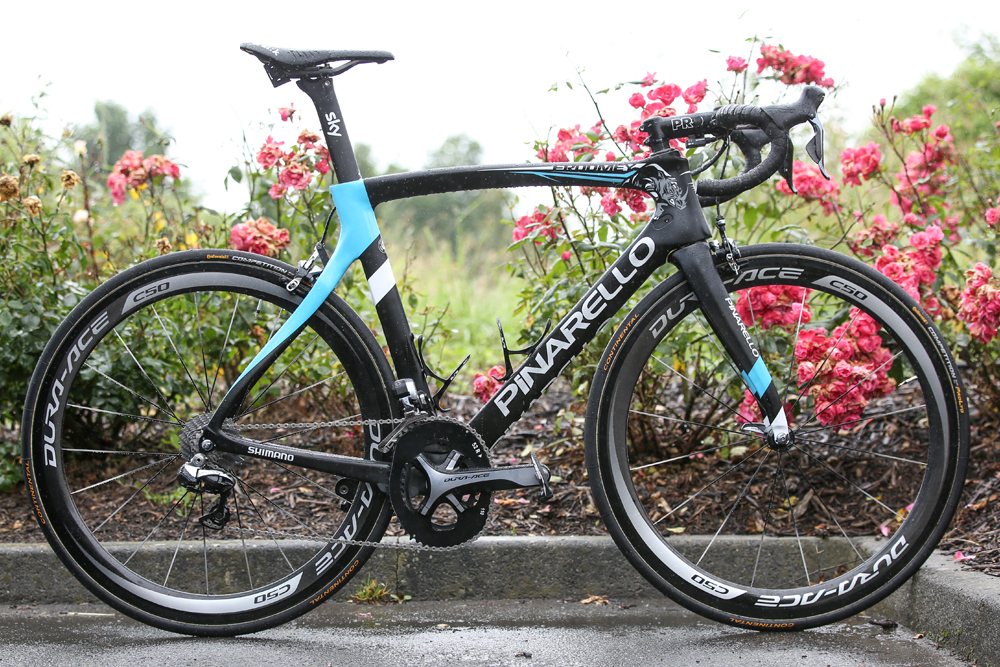
>>> Pinarello Dogma F12 review
The 2014 Tour de France represented the end of <passione> and the beginning of science.
The marginal gains era was already underway by the time Bradley Wiggins won the Tour de France in 2012, but the Brit, using the curvy Pinarello Dogma 65.1, appeared to have disregarded it and instead relied on the classic champion’s blend of personality, panache and passion.
Although Chris Froome won on the Dogma 65.1 in 2013, by 2014 Team Sky had all but commandeered its Italian bike sponsor in order to develop a world-beating new machine that fitted with its ethos. It brought in Jaguar, already the team car supplier, to provide top aerodynamicists, state-of-the-art CFD software, and a full-scale automotive wind tunnel.
The resulting Dogma F8 – F for ‘faster’ with ‘8’ denoting the eighth version of the Dogma – was the first bike in the modern peloton to integrate the superlative aerodynamic performance that the sprinters demanded with the nimbleness and punch required by the climbers.
Sky and Pinarello claimed the F8 was faster in the wind tunnel than all its competitors yet improved on the previous Dogma’s weight and stiffness. Perhaps even more significant was that Team Sky’s rivals used aero bikes or climbers’ bikes depending on the rider and the terrain, all Sky’s riders used the F8 on all types of road stage.
Chris Froome crashed out of that year’s Tour leaving Vincenzo Nibali to win, but he took the next three Tours on the Dogma F8. Its successors, the F10 and the F12, represent just small improvements on a phenomenally successful template, whereas other WorldTour teams’ bike sponsors are still playing catch-up five years on.
ENVE SES wheels (eg 4.5 as used by Cavendish in 2018).
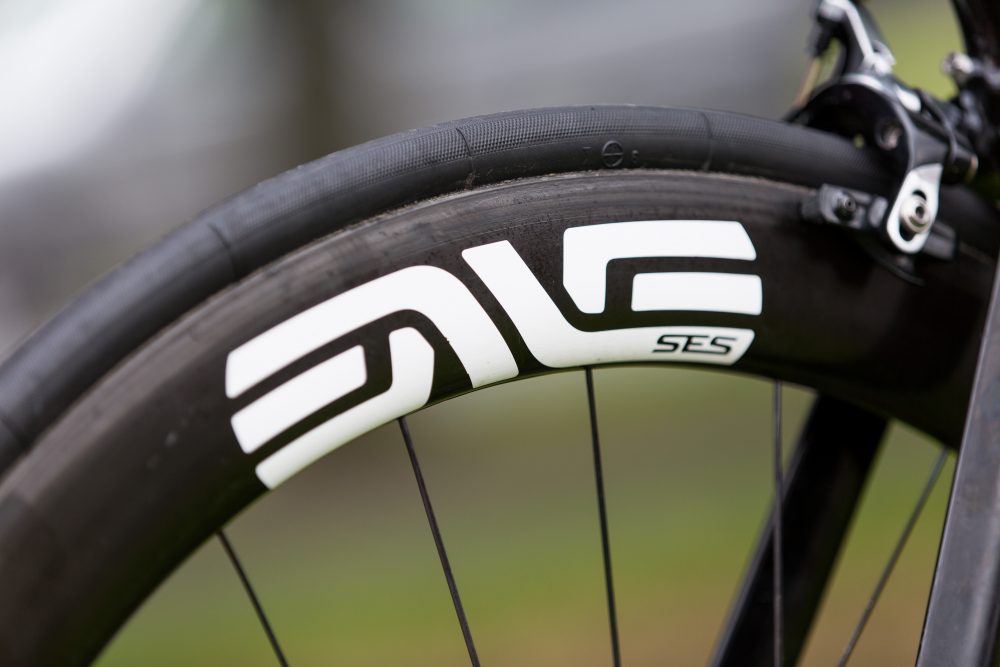
>>> Enve SES 5.6 Disc clincher review
Fast road riding used to require very narrow rims with even narrower tubular tyres pumped up to as many psi as your biceps could squeeze into them.
That was until British ex-F1 aerodynamicist Simon Smart deduced that a fast wheel might not be fast in the real world because the air easily separated from the narrow rim, making it unstable.
So he worked out a way to test steering torque in his Drag2Zero wind tunnel and, with US wheel brand Enve composites, developed a range of wheels that used wider rims and tyres that kept the flow attached at higher yaw angles.
Now 23mm tyres are virtually obsolete; even 25s are considered narrow and 28s are becoming the new normal, which have the added advantage of rolling faster, pinch-flatting less easily and gripping better.
Strava

“If it’s not on Strava it didn’t happen” became one of the catchphrases of the 2010s.
Maybe it’s not just cheaper, more versatile power meters that made speeds increase in the 2010s: the addictive social network for athletes, founded in 2009, encouraged riders to PLF for KOMs and kudos from fellow users.
With many pros now on Strava it’s also possible to analyse and compare the data of the world’s top riders on the most epic Tour de France stages with one’s own – which admittedly can also be demoralising.
Strava has been blamed for antisocial cycling and even for a death in America 2012, following which the dead man’s family tried to sue Strava (the judge dismissed the lawsuit).
In 2018 its Heatmaps function – an interactive map of location data – raised security concerns that it could be revealing the secret locations of military bases (Strava has since focused on increasing privacy awareness).
Strava has also been blamed for decreasing interest in real racing and declining club membership.
However, as of this summer Strava had 42 million users and was adding another million each month. In other words, everybody is on Strava and it’s still happening.
SRAM Red eTap
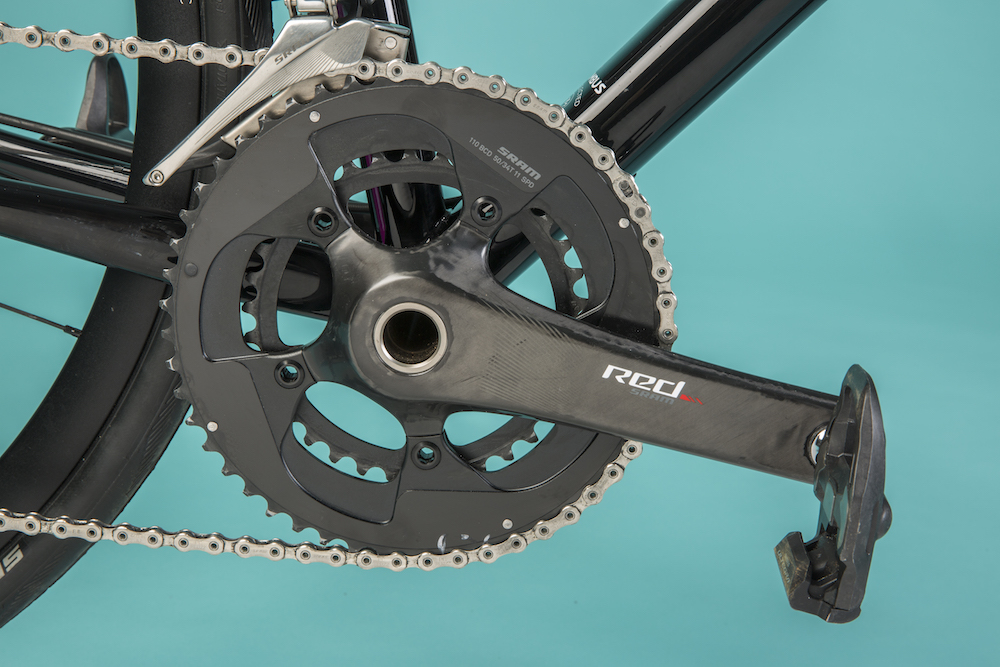
It doesn’t feel like only four years ago that the first wireless electronic groupset arrived. Maybe that’s because SRAM teased us for some time before finally unveiling it at the end of 2015.
First spotted in the low-key setting of the Illinois state cyclo-cross championships in December 2013, it was then tested with some fake wires at the 2014 Tour of California, before Ag2r tested it much more openly throughout 2015.
Requiring no fiddling about with magnets, threads or vacuum cleaners to coax wires through small gaps, you simply bolted on the shifters, paired them with the mechs and away you went. Shifters and derailleurs had their own batteries that supplied about 60 hours of riding and took just an hour to recharge – and were small enough that you could carry spares with you. Plus, with its single paddles for shifting, you never needed to worry about pressing the wrong button even in thick gloves.
And the new 12-speed SRAM Red eTap AXS is even better.
Giro Empire
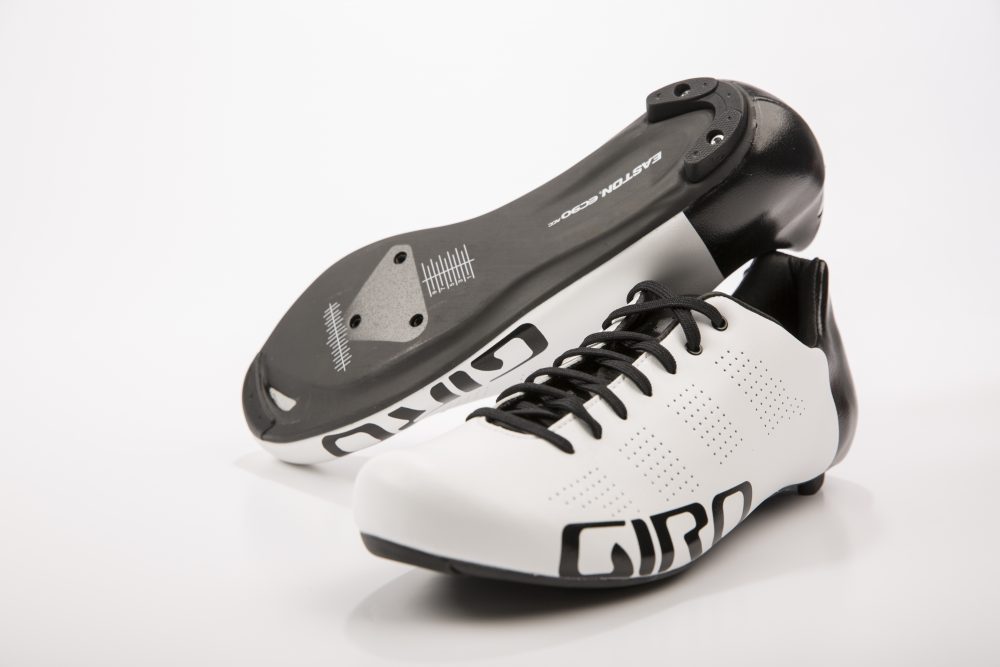
If you judged a decade by its shoes the Noughties would not come out well. Somehow the shoe manufacturers got bogged down in overly bulky heat mouldability, unwieldy closure systems that involved a lot of Velcro straps and in the case of one, magnets, finished off with excessively silvery swooshes.
It took a cool kid like Taylor Phinney to talk to US helmet brand Giro, who had only just started making shoes, to come up with a design classic.
The Empire’s football boot-like lace-up design enabled riders to get the fit across the top of the foot exactly right, with pressure distributed much more evenly. Laces also saved weight over straps or Boa dials, and they also were more aerodynamic. But maybe most important of all, they looked awesome.
Phinney debuted them in the 2012 Giro, in which he won the prologue and held the lead until stage three, and it’s fair to say the grey Empires with bright green laces attracted more attention than the pink jersey.
Phinney later wore Empires with custom designs and inspired a generation of riders to go back to laces, including Bradley Wiggins, who wore a pair of gold Empire SLXs for his 2015 hour record.
Zwift
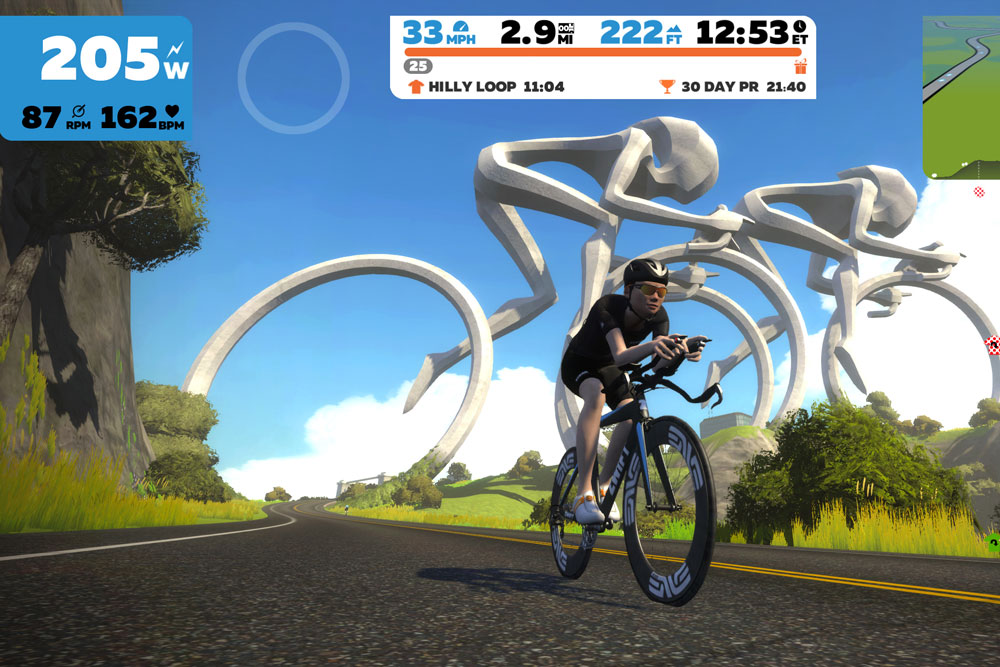
The virtual training and racing app that some people claim is ruining the ‘real cycling’ of Strava (oh, the irony), has been around since 2014 and was only launched on iOS in 2016. Now it has over a million accounts.
Zwift, which has a downloadable app with a monthly subscription, lets you ride with or against other users in a virtual environment.
The imaginary Watopia was the original course; since then Zwift has added six others including most recently the Harrogate World Championships circuit. Zwift racing is massive, with teams up to Pro Conti level competing. This year the first official British Cycling-organised eRacing National Championships were held, with the winner, Cameron Jeffers, disqualified and banned for six months after it emerged he had cheated, by “manipulation of pre-race data to gain an unfair advantage via in-game equipment.” He used a bot to ride at 2,000 watts for distances of over 200km with a weight of 45kg in order to unlock the Tron bike.
So Zwift might be a game changer, but some might say the game is not that different, it has just moved indoors.
3T Exploro
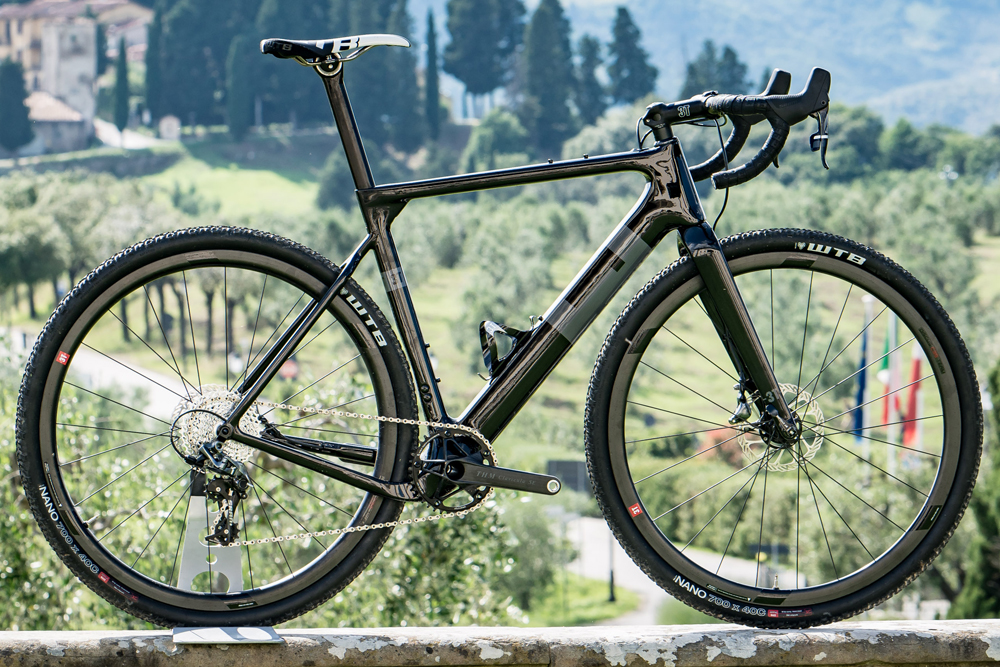
Gravel started to become a ‘thing’ this decade as more and more former roadies decided they’d had enough of the traffic-choked roads and hit the dirt for a new type of adventure.
A new genre of bike grew up around the scene – clearance for big tyres, disc brakes, shorter geometry, longer wheelbase, lots of bosses, generally more rugged – but 3T took it to a new level with its first bike in 2016. The Exploro was an aero adventure bike designed by Gerard Vroomen formerly of Cervélo and one of cycling’s original thinkers. It had a wind tunnel-tested frame which could take either 700c or 650b wheels and was designed for a 1x groupset. It sounded crazy but it worked. And it’s still the ultimate gravel superbike.
The Strada road version, released a couple of years later, didn’t go down quite so will with the Aqua Blue team, but that’s another story.
Long socks
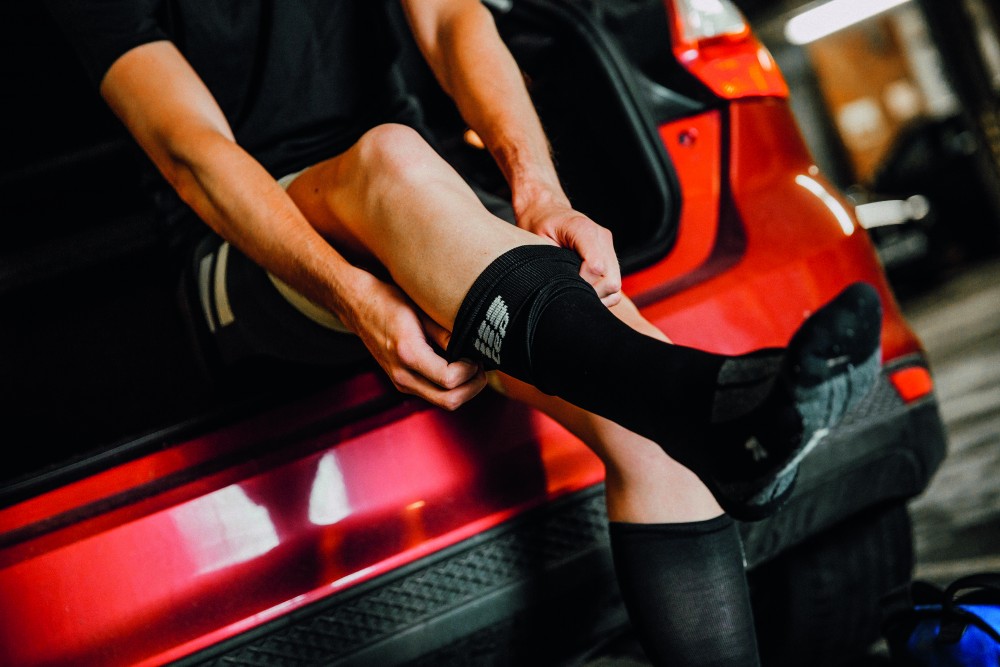
In the 2010s socks got longer and louder. In what was hopefully a more innocent decade than the one before, the word was ‘dope’ was reclaimed to describe particularly impressive socks, as in #sockdoping.
However, there was actually a performance advantage to be gained by sockdoping if the right pair of socks was worn: aerodynamic fabrics with seams to trip the airflow into staying attached saved a measurable number of watts, so that the UCI issued a new rule about sock height for 2019 (“Socks must not rise above half the distance between the middle of the lateral malleolus and the middle of the fibula head”) – enforced to much hilarity at this year’s World Championships.

Thank you for reading 20 articles this month* Join now for unlimited access
Enjoy your first month for just £1 / $1 / €1
*Read 5 free articles per month without a subscription

Join now for unlimited access
Try first month for just £1 / $1 / €1
Get The Leadout Newsletter
The latest race content, interviews, features, reviews and expert buying guides, direct to your inbox!
-
 'This is the marriage venue, no?': how one rider ran the whole gamut of hallucinations in a single race
'This is the marriage venue, no?': how one rider ran the whole gamut of hallucinations in a single raceKabir Rachure's first RAAM was a crazy experience in more ways than one, he tells Cycling Weekly's Going Long podcast
By James Shrubsall
-
 Full Tour of Britain Women route announced, taking place from North Yorkshire to Glasgow
Full Tour of Britain Women route announced, taking place from North Yorkshire to GlasgowBritish Cycling's Women's WorldTour four-stage race will take place in northern England and Scotland
By Tom Thewlis